QUALITATIVE AND QUANTITATIVE COMPOSITION
BP Apollo 50 mg tablets
Each tablet contains sildenafil citrate, equivalent to 50 mg sildenafil. Excipient with known effect: Each tablet contains 61 mg of lactose (as monohydrate).
PHARMACEUTICAL FORM Tablets.
APOLLO 50 mg tablets
Blue square tablets with flat surface and rounded margins with a dividing line and “BP” inlay on one side. Marble is allowed on the surface of the tablets.
CLINICAL DATA
Therapeutic indications
APOLLO is indicated for adult men with erectile dysfunction who are unable to achieve or maintain a penile erection sufficient for satisfactory sexual intercourse.
For APOLLO to be effective, sexual stimulation is required.
Posology and mode of administration
Dosage
Administration to adults
The recommended dose is 50 mg sildenafil administered approximately one hour before sexual activity. Depending on efficacy and tolerability, the dose may be increased to 100 mg sildenafil, or may be lowered to 25 mg sildenafil.
Patients with renal impairment
In patients with mild to moderate renal impairment (creatinine clearance = 30-80 ml / min), the same doses as those listed in the section “Adult Administration” are recommended.
Since clearance of sildenafil is low in patients with severe renal impairment (creatinine clearance <30 ml / min), a 25 mg dose should be considered. Depending on efficacy and tolerability, the dose may be increased gradually to 50 mg or 100 mg, if necessary.
Patients with hepatic impairment
Because sildenafil clearance is low in patients with hepatic impairment (for example cirrhosis), an initial dose of 25 mg sildenafil should be considered. Depending on efficacy and tolerability, the dose may be increased gradually to 50 mg sildenafil and up to 100 mg sildenafil, if necessary.
Children and adolescents
APOLLO is not indicated in people under the age of 18 years.
Administration method
For oral use
PHARMACOLOGICAL PROPERTIES
Pharmacodynamic properties
Pharmacotherapeutic group: Drugs for the treatment of erectile dysfunction.
Mechanism of action
Sildenafil is an orally administered drug for the treatment of erectile dysfunction. Under natural conditions, that is, in the presence of sexual stimulation, sildenafil restores affected erectile function by increasing blood flow to the penis.
The physiological mechanism responsible for penile erection involves the release of nitric oxide (NO) in the cavernous body during sexual stimulation. Nitric oxide activates the guanylate-cyclase enzyme, which increases the levels of cyclic guanosine monophosphate (GMPc), producing relaxation of the smooth muscles of the cavernous body and thus favoring blood flow.
Sildenafil is a potent and selective PDE5-specific GMPc phosphodiesterase (PDE5), which is responsible for the degradation of GMPc in the cavernous body. Sildenafil influences erection through its peripheral action. Sildenafil does not have a direct relaxing effect on the isolated human tissue from the cavernous body but strongly increases the NO’s relaxing effect on this tissue. When activating the NO / GMPc pathway by sexual stimulation, inhibition of PDE5 by sildenafil induces increased GMPc concentrations in the cavernous body. Therefore, sexual stimulation is required for sildenafil to produce its desired pharmacological effect.
Pharmacodynamic effects
In vitro studies have shown that sildenafil has selectivity for PDE5, which is involved in the erection process. Its effect is stronger on PDE5 than on other known phosphodiesterases. There is a 10-fold selectivity for PDE5 than for PDE6 involved in retinal phototransduction. At the maximum recommended doses, selectivity is greater than 80 times the selectivity for PDE1 and over 700 times the selectivity for PDE2, 3, 4, 7, 8, 9, 10 and 11. In particular, sildenafil has a selectivity of 4000 fold greater for PDE5 than for PDE3, which is the isoform of phosphodiesterase specific for AMPc involved in regulating cardiac contractility.
Clinical efficacy and safety
Two clinical trials have been specifically designed to evaluate the time interval between sildenafil dosing and the occurrence of erection in response to sexual stimulation. In the study in which sildenafil was given under fasting conditions, penile plethysmography (RigiScan) showed that the average time to achieve an erection with 60% stiffness (sufficient for sexual intercourse) was 25 minutes (with an interval of 12 – 37 minutes). In a separate study using RigiScan, it was observed that an erection was obtained 4-5 hours after sildenafil administration in response to sexual stimulation. Sildenafil produces mild and transient decreases in blood pressure, which in most cases do not produce clinical effects. After an oral 100 mg dose of sildenafil, the mean maximum reduction in systolic blood pressure at baseline was 8.4 mmHg. The corresponding reduction in diastolic blood pressure was 5.5 mmHg. These blood pressure reductions are consistent with the vasodilator effects of sildenafil, probably due to increased concentrations of GMPc in the vascular smooth muscle.
In healthy volunteers, single oral doses of sildenafil up to 100 mg did not cause any significant effect on the ECG.
In a study of the hemodynamic effects of oral administration of a single 100 mg sildenafil dose in 14 patients with severe coronary disease (stenosis> 70% on at least one artery coronary artery disease), mean values of systolic and diastolic blood pressure at baseline decreased by 7% and 6% relative to baseline. Systolic mean pulmonary blood pressure decreased by 9%. It has been shown that sildenafil does not influence cardiac output or blood flow in stenotic coronary arteries.
In a double-blind, placebo-controlled trial of exercise tolerance, 144 patients with erectile dysfunction and stable chronic angina, treated with anti-anginal drugs (without nitrates), were evaluated. The results did not indicate any clinically significant difference between the sildenafil and placebo group in terms of time to the occurrence of limbic angina attacks.
In some subjects examined on the Farnsworth-Munsell test on 100 shades of color, 1 hour after administration of a 100 mg dose of sildenafil, slight and transient differences in blue / green color perception were observed, and after No obvious effect was observed 2 hours after dosing. The postulated mechanism for this change in color perception mode is correlated with PDE6 inhibition involved in the retinal phototransduction cascade. Sildenafil has no effect on visual acuity or on visual contrast sensitivity.
In a placebo-controlled clinical trial in a small number of patients diagnosed with age-related macular degeneration (n = 9), sildenafil (single dose of 100 mg) did not cause significant visual impairment (visual acuity , Amsler grid, traffic light simulation for differential color perception, Humphrey perimeter and photostresis).
In healthy volunteers, no changes in sperm motility or morphology were observed after oral administration of a single dose of sildenafil 100 mg (see section 4.6).
Additional information from clinical trials
In clinical trials, sildenafil was administered to over 8000 patients aged 19-87 years, in the following categories: the elderly (19.9%), patients with hypertension (30.9%), diabetic patients ( 20.3%), ischemic heart disease (5.8%), hyperlipidemias (19.8%), spinal cord injuries (0.6%), depression (5.2%), transurethral prostate resection (3, 7%), radical prostatectomy (3.3%). The following categories of patients have not been well studied or excluded from clinical trials: patients with pelvic surgery, radiotherapy, patients with severe renal impairment or severe hepatic impairment, and patients with certain cardiovascular disorders (see section 4.3).
In fixed dose studies, the percentages of patients who reported improved erection due to treatment were 62% at the 25 mg dose, 74% at the 50 mg dose and 82% at the 100 mg dose versus 25% in the in case of placebo. In controlled clinical trials, the frequency of withdrawal from sildenafil due to adverse reactions was small and comparable to that seen with placebo. In all clinical trials, the percentage of patients who reported improvement from sildenafil treatment was 84% (in patients with psychotic erectile dysfunction), 77% (in mixed erectile dysfunction), 68% (in patients with erectile dysfunction), 67% (in the elderly), 59% (in diabetic patients), 69% (in patients with myocardial ischaemia), 68% (in patients with hypertension), 61% (in patients with resection prostate transurethral), 43% (in patients with radical prostatectomy), 83% (in patients with spinal cord injuries), 75% (in patients with depression). Long-term studies have shown to maintain the safety and efficacy of sildenafil treatment.
Children and adolescents
The European Medicines Agency has waived the obligation to submit the results of studies with the reference medicine containing sildenafil in all subgroups of pediatric patients for the treatment of erectile dysfunction. See section 4.2 for information on use in children and adolescents.
Nature and contents of container
APOLLO 50 mg tablets
The tablets are packaged in PVC/Al blisters. The secondary pack is a carton box with 1 blister of 2, 5 or 20 tablets.
Special precautions for disposal and other handling
No special requirements.

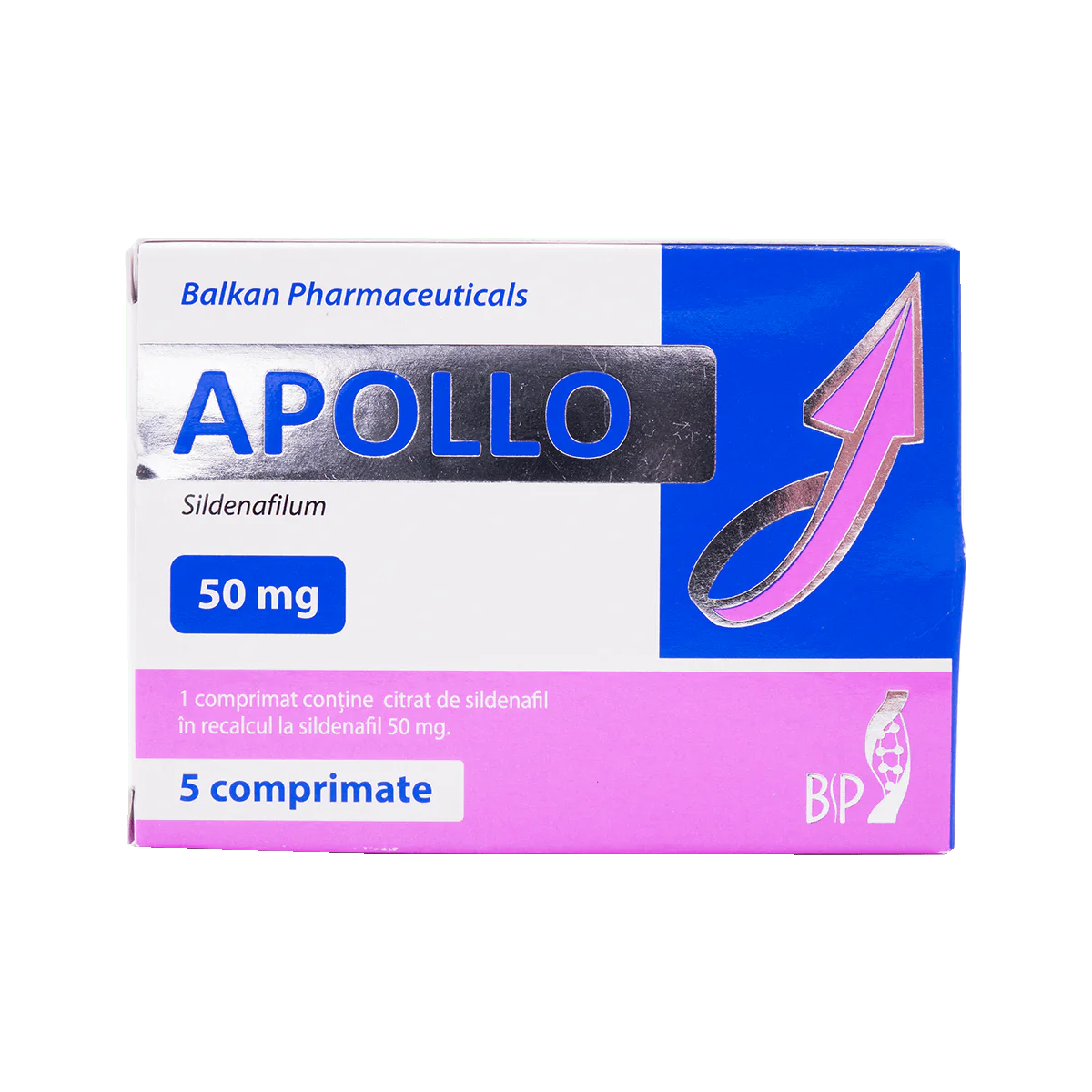


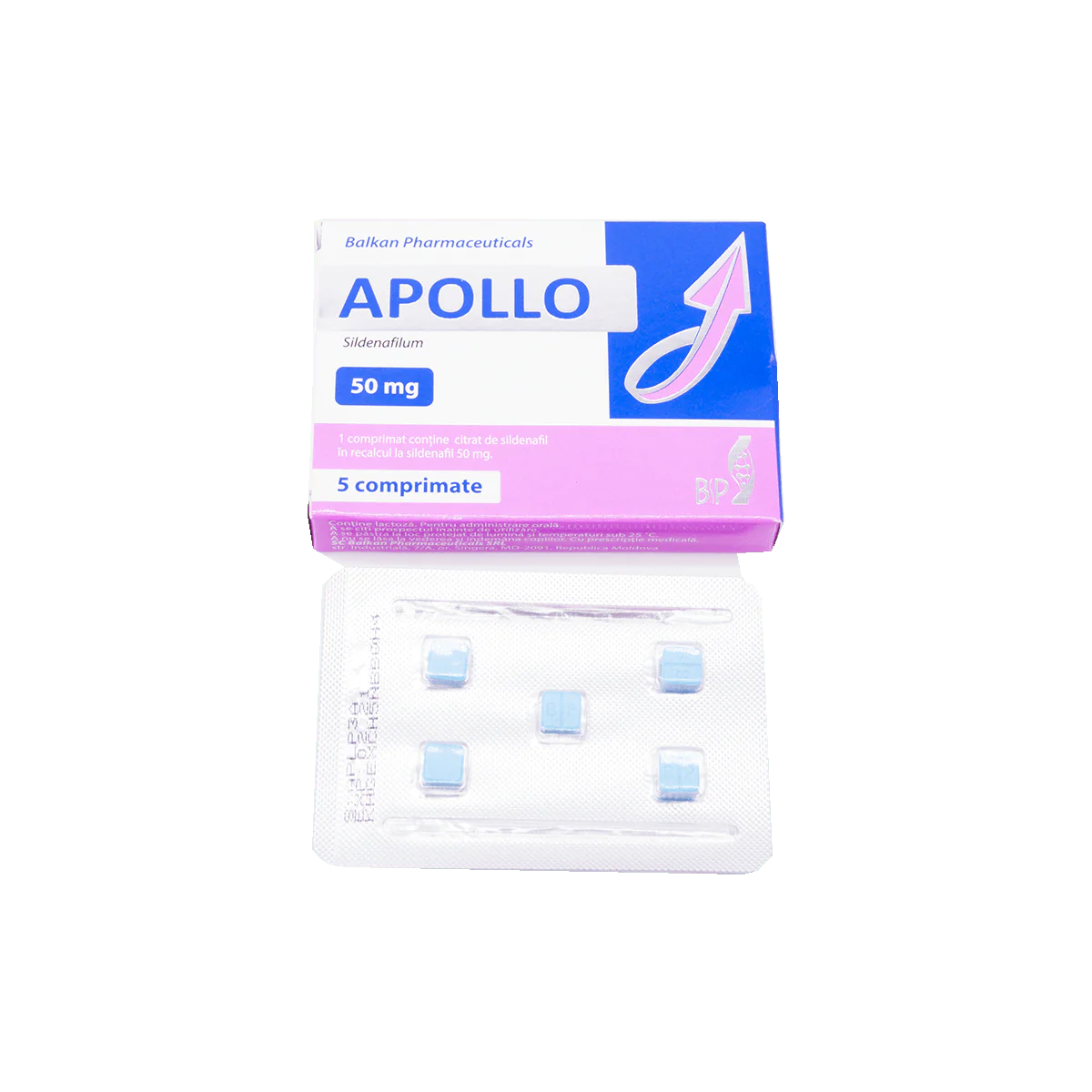

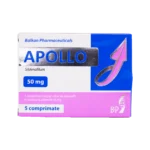
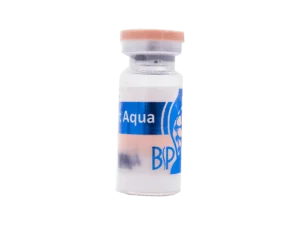
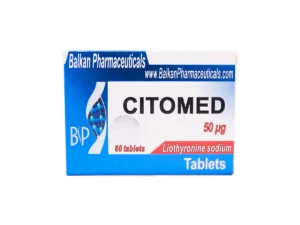
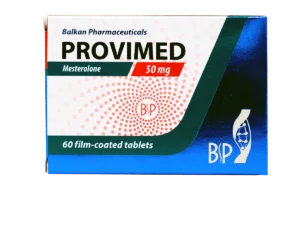
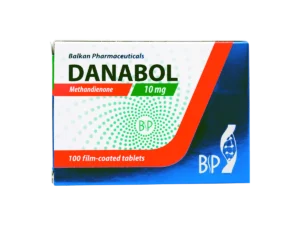
Vilnson –
I didn’t understand how to check the goods by tracking, but after 2 weeks everything came to the mail. Everything is well packaged.